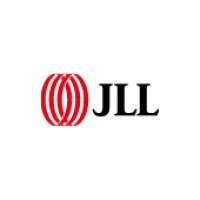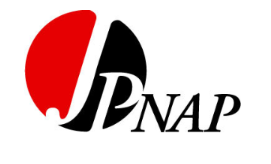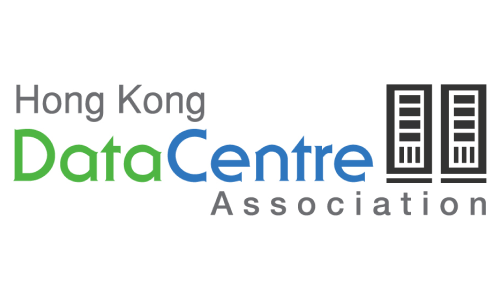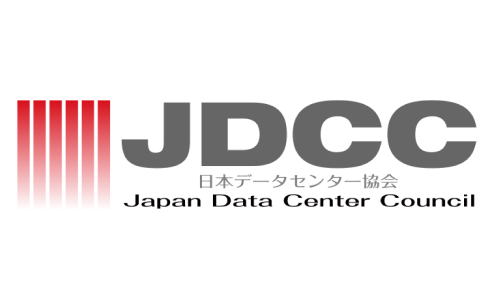Peering into the Future of Connectivity Infrastructure
The Asia-Pacific region is one of the largest contributors to global data traffic, driven by increasing internet usage, cloud services, streaming and digital applications. Data traffic in the region is expected to grow at a compound annual growth rate (CAGR) of over 30% until 2025.
Major cloud service providers such as Google, Amazon Web Services (AWS) and Microsoft Azure, as well as content providers such as Facebook and Netflix, are investing heavily in subsea cables to ensure they can meet the growing demand for data transmission.
Countries such as Singapore and Japan are critical hubs for global submarine cable networks due to their strategic location and favorable business environment.
Japan is uniquely positioned as a gateway between Northeast Asia and Southeast Asia. This makes it an ideal location for international business and facilitates connections between major economic regions such as Japan, China, South Korea and ASEAN countries.
Interconnect World Forum (Tokyo) will converge key industry leaders in the global digital infrastructure and connectivity space, emphasizing collaboration and innovation in shaping the region's digital future.



















As digital infrastructure becomes the foundation of global economies, tech giants such as Meta, AWS, Google, and Microsoft are actively shaping strategies that balance growth with regulatory compliance, sustainability, and security. In this keynote, Marc Einstein, Research Director at Counterpoint Research, draws on extensive industry analysis and client insights to explore how these companies are investing in data center expansion, driving subsea and peering innovation, and setting new benchmarks for sustainability.
This session will offer a comprehensive view of how regulatory trends, connectivity demands, and AI-driven technologies are transforming the digital ecosystem.


The discussion on cross-border data flows in Asia highlights the complexities of data movement amidst a fragmented regulatory landscape. It addresses the challenges posed by conflicting laws and evolving compliance requirements, particularly the strict data localization mandates that complicate operations. To navigate these issues, the conversation emphasizes the importance of identifying key steps and fostering partnerships that can harmonize approaches and promote collaborative progress in data governance.








Japan is emerging as a key focus in the global connectivity landscape, particularly in the context of local loops and inter-data center networks. This session will explore how Japan’s robust local loop infrastructure, advanced backhaul lines, and strategic location in Asia are driving interest from international stakeholders.
The presentation will provide insights into the evolving network in Japan, with a focus on interconnectivity between data centers in the Kansai region and backhaul routes for cable landing stations (CLS). Attendees will gain a deeper understanding of the technological, regulatory, and commercial factors contributing to Japan’s growing role as a regional connectivity hub—and why global operators and hyperscalers are increasingly turning their attention to the Japanese market.


As Asia cements its position as a global digital powerhouse, subsea cables serve as the critical infrastructure underpinning the region’s connectivity, economic growth, and technological advancement. These high-capacity networks enable seamless access to global markets, support the rapid expansion of data-driven industries, and drive digital transformation across emerging and established economies alike.
This panel will explore the vital role of subsea cables in strengthening Asia’s competitiveness in the global digital economy. Industry experts will discuss major capacity expansion projects like BIFROST and APRICOT, highlighting their impact on network performance, low-latency demands, and cross-border collaboration. The session will also address key challenges, including resilience strategies against natural and geopolitical risks, the role of subsea cables in bridging the digital divide, and the evolving focus on sustainability in infrastructure deployment.
Join us for an in-depth conversation on how subsea cables are shaping Asia’s digital future and fueling innovation across industries.


Japan’s Internet Exchange (IX) providers have been at the forefront of shaping the country’s digital infrastructure since the early days of the Internet. As data traffic continues to surge and global connectivity becomes increasingly critical, the role of IX providers in ensuring efficient, high-capacity interconnection has never been more vital.
This panel brings together top executives from Japan’s leading IX operators to discuss the evolving Internet landscape, the state of domestic and international peering, and strategies for managing high-capacity data traffic. Attendees will gain valuable insights into Japan’s interconnection ecosystem, including key trends, challenges, and opportunities for businesses looking to establish or expand their network presence in the country.








JPCDC 2025 will unite industry leaders, government officials, and tech experts to shape the future of the nation’s cloud and data center sector, exploring AI, data sovereignty, and renewable energy innovations for actionable insights. It offers an unparalleled platform with over 50 expert speakers, engaging panel discussions, and keynote presentations addressing critical challenges and opportunities in the industry. Attendees will have the chance to network with over 1,000 professionals and explore innovations showcased by 20+ exhibitors and sponsors.


